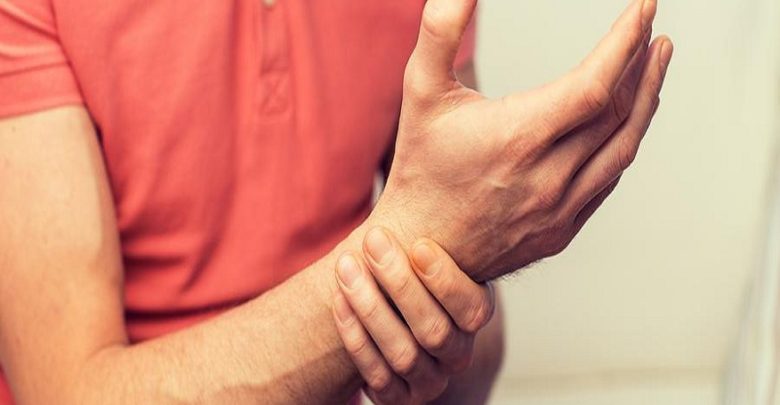What does it mean to have arthritis?

Uptil now, the natural people’s belief about the best treatment for arthritis was rest. Today, experts advocate you controlled exercises to promote circulation and relieve inflammation.
“That you have rheumatoid arthritis? But don’t older people have that?” This is one of the misconceptions of this chronic and autoimmune disease of an inflammatory nature, which affects more people every day. The other error is that physical exercise is counterproductive for these patients, more prevalent in women than in men; their age of onset is usually middle age, between 40/50 years, although it can also be done in childhood or adolescence.
With an unknown origin, rheumatoid arthritis (RA) causes inflammation in several joints of the body, generally bilaterally, making it impossible for the patient to have an average daily life due to the mobility restrictions generated by these inflammations and especially due to the pain that these cause. Finally, these inflammatory processes that appear in the form of outbreaks alter the patient’s joint’s normal architecture, thus generating deformities that make movement even more difficult.
In short, we are facing a disease that, in many cases, goes completely unnoticed by everyone except those who suffer from it. Performing tasks as simple as opening a screw cap, turning the key in the house’s door, or squeezing a gas station’s hose becomes an impossible mission for many people daily.
Treatment of rheumatoid arthritis should include physical therapy and physical exercise.
The increase in cases in recent years and especially the efforts of those affected are beginning to bear fruit, as the healthcare community little by little provides more tools to a group of patients for whom, until now, their best treatment was resignation and living with pain.
These treatments, always coordinated by a doctor, consist primarily of a medication to control these inflammatory processes, as well as biological treatments carried out in the laboratory, which is specifically designed for each patient .achieving, as they verbalize, “change their lives.”
But all this has to be maintained by a multidisciplinary group, in which nurses, physiotherapists, occupational therapists, dieticians, and psychologists work hand in hand. Without forgetting all of them, in this article, we are going to focus on the part corresponding to the physiotherapist and the physical exercises that we can do under his supervision.
Physical activity and rheumatoid arthritis
The therapeutic approach to rheumatoid arthritis (RA) has undergone significant evolution in recent times. A few years ago, the common belief about which was the best treatment for arthritis was to rest to avoid further involvement of the joints that generated symptoms. However, with the passage of time, evidence has shown that the inactivity of these joints caused by the patient-related muscular hypotonia and, above all, loss of joint range, which, if we add it to pain (which did not disappear with said rest ), we found a joint that became useless.
From physiotherapy, we do the opposite. Always with the supervision of the doctor, we design a program that combines aerobic and anaerobic physical exercises that are not traumatic for the patient’s joints but that at the same time enhance them. Any program of this type is carried out in the absence of pain, and we work in that range so that after four weeks, the patient begins to feel the first benefits.
But why is physical exercise good for rheumatoid arthritis?
Articulated from the skull to the foot with more than 200 joints, the human being is designed to move; everyone associates the word ‘ sedentary lifestyle ‘ with health, weight, cardiovascular problems, etc. The movement favors circulation, a key system for the generation and disappearance of inflammation, which, no matter how bad a reputation they may have, is still a body safety system, although in its proper measure.
As we have said, the movement will help to evacuate that extra pressure that the patient’s joint is suffering and the substances that generate inflammation, allowing it to move with more degrees of amplitude.
If, in addition, these movements are carried out in an aquatic environment such as a swimming pool, we reduce the effect of gravity on those joints, eliminating even more mechanical stress.
The degree of affectation of the patient and whether or not he is in an inflammatory phase will be key for him to choose to carry out the physical activity on his part or if he needs the assistance of the physiotherapist to assist him in carrying out the physical exercise selected.




